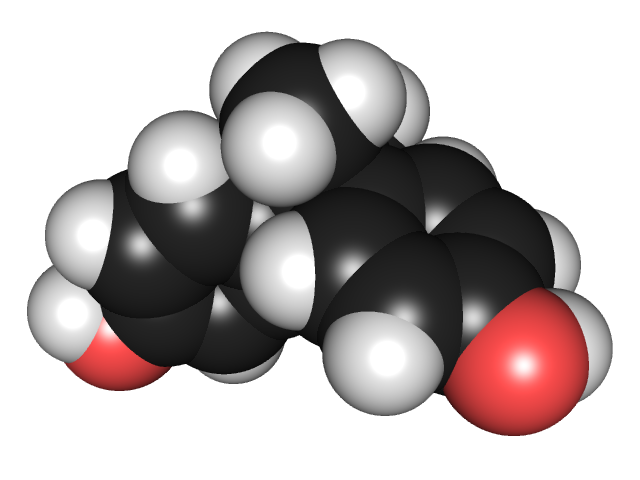John Michael: The Problem with Bisphenol A
 Monday, December 12, 2011 at 12:35AM
Monday, December 12, 2011 at 12:35AM  Bisphenol A (BPA) is a chemical that was, until very recently, used in many household items. From baby bottles to canned foods, grocery receipts to dental sealants, they all contained amounts of BPA. (Some still do.) The chemical is an important ingredient in the creation of polycarbonate plastics and epoxy resins, and has been used in this manner since the 1940s. In 1976, when the Toxic Substances Control Act was passed, BPA was “presumed safe by the Environmental Protection Agency with no evaluation of evidence” because of its long history of use.
Bisphenol A (BPA) is a chemical that was, until very recently, used in many household items. From baby bottles to canned foods, grocery receipts to dental sealants, they all contained amounts of BPA. (Some still do.) The chemical is an important ingredient in the creation of polycarbonate plastics and epoxy resins, and has been used in this manner since the 1940s. In 1976, when the Toxic Substances Control Act was passed, BPA was “presumed safe by the Environmental Protection Agency with no evaluation of evidence” because of its long history of use.
But in the past few years, there has been a growing movement to ban BPA on the grounds that it is, among other things, a reproductive toxin. As knowledge of its possibly harmful nature has disseminated, a reaction has occurred, first in government, and then in the private sector, among the fabricators of BPA-containing goods.
What makes BPA problematic is that plastics and resins created from it are very unstable. When heated or cleaned with detergents, BPA molecules can break apart and leach into foods and drinks; BPA contamination has been observed in both canned foods and baby bottles. Even more unsettling, “The 2003-2004 National Health and Nutrition Examination Survey (NHANES III) conducted by the Centers for Disease Control and Prevention (CDC) found detectable levels of BPA in 93% of 2517 urine samples from people six years and older.” Additionally, The Environmental Working Group found that nine out of ten newborns they studied tested positive for the presence of BPA in their umbilical cord blood.
BPA is a synthetic hormone, an artificial estrogen that can be metabolized by the human body. While it’s only recently that the US government has expressed awareness of the toxic nature of BPA, independent researchers have been sounding the alarm for years. The National Toxicology Program recently reported that, after investigation, it has “some concern for effects on the brain, behavior, and prostate gland in fetuses, infants, and children under current human exposures to bisphenol A.” The Environmental Working Group is willing to go further, stating outright that “Trace BPA exposure has been shown to disrupt the endocrine system and trigger a wide variety of disorders, including chromosomal and reproductive system abnormalities, impaired brain and neurological functions, cancer, cardiovascular system damage, adult-onset diabetes, early puberty, obesity and resistance to chemotherapy.” The discrepancy between the two positions is perhaps best explained by the BPA Timeline, found on the EWG website. (In it, the government’s lag in responding to BPA toxicity is suggested to be the effect of interference by corporations that produce BPA, in itself a multi-billion dollar industry worldwide.)
Though the exact nature of the harm caused by BPA remains unknown, the US government, both at the state and national level, is taking measures to reduce our BPA exposure. Unfortunately, these measures are not currently enough to protect us entirely. To safeguard yourself from this toxic chemical, it’s recommended that you avoid microwaving plastic containers, stop buying or drastically reduce your use of canned foods, as well as avoiding plastics that have 3, 6, or 7 within their recycling symbols.
To learn more, check out the Environmental Working Group’s website, which is replete with information on Bisphenol A.
 Bisphenol in
Bisphenol in  Environment
Environment 

Reader Comments